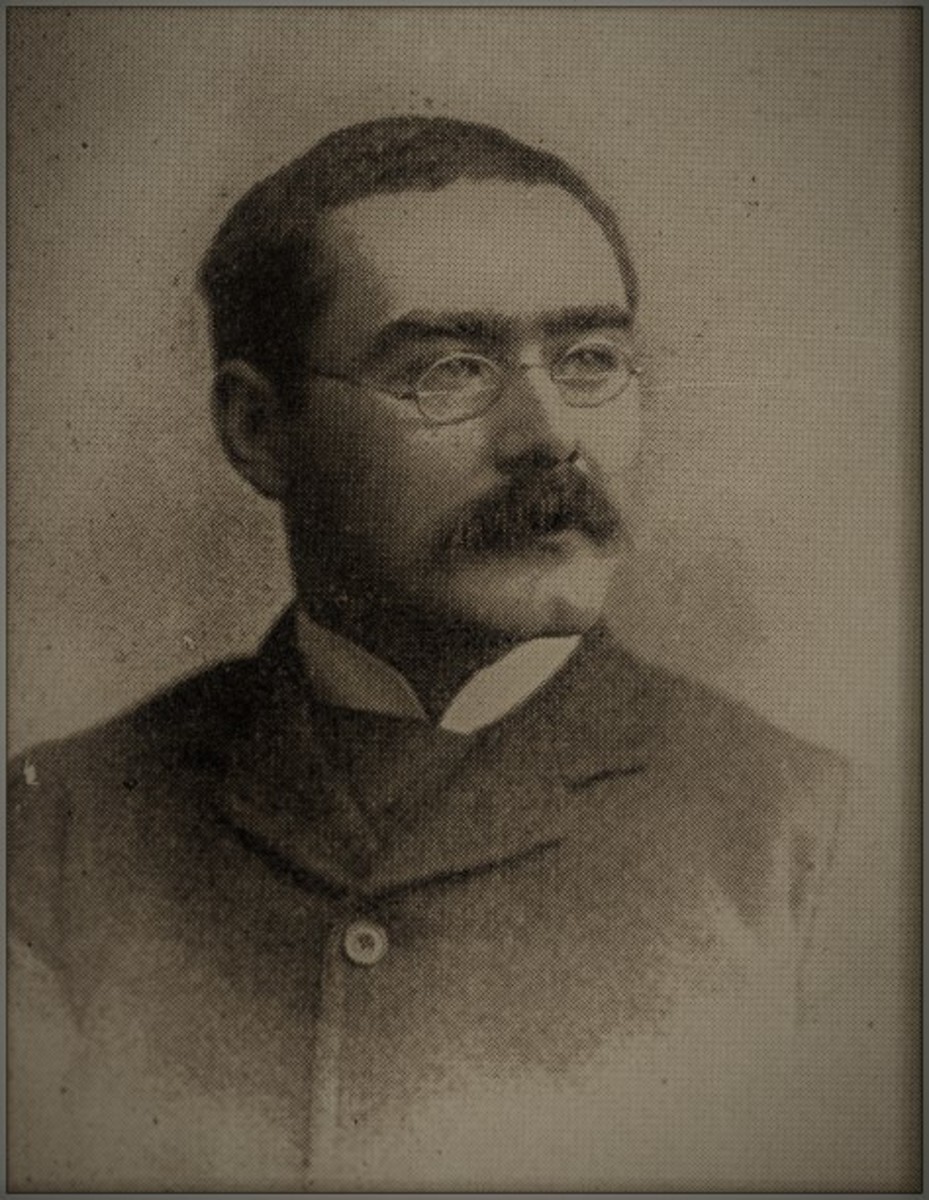How to structure a dissertation
Writing a dissertation isn’t just like writing an essay or a weekly writing assignment. Dissertation writing is the culmination of months of hard work and research to do all the relevant reading, experiments and working out of your overall theory and argument. It’s not just about the writing itself, but about proving your theory, getting your point across, and most of all making sure that all your hard work gets the credit it deserves.
So how do you make sure that the dissertation writing process goes smoothly and your ideas are showed off in the very best possible light?
Structure
Structure is really important in making sure that your academic ideas and theories are coherently, advantageously presented to the reader and the examiner. If you simply just pile all your ideas down higgledy-piggledy in no particular order, you will get a much lower mark than somebody who has carefully and clearly divided their research, ideas and findings into a strongly structured argument that guides the reader through the process logically and sequentially.
So you can use exactly the same work, wording and thoughts, yet get a much lower mark than you deserve if you aren’t structuring your dissertation correctly.
Here are my top structure tips:

1. Plan
You absolutely have to plan before starting writing if you are going to have a successful structure. It is a huge mistake to think that it is best just to start writing and work out where you are going and what should come next as you go along, as you will end up leaving things out and getting them in the wrong order and eventually will spend far more time going back changing things around and adding things in than you would have done if you’d just spent a couple of hours planning in the first place.
To complete your plan, write down a comprehensive list of all the different ideas and topics you know you want to include in the dissertation. Next, group them into sections for similar ideas so that you start to see which areas go naturally together. Finally re-order your sections so that they follow logically and sequentially on from one another in the most coherent order. Now you are ready to start.
2. Introduction
A strong structure needs to be highlighted and explained to the reader using an introduction, which should clearly set out how your dissertation is ordered and what the reader will experience, and in what order, as they read through it. It is fine to use sequential language such as ‘Firstly’, ‘Secondly’, ‘Finally’ to help guide them through.
Using a proper introduction like this helps to strengthen the structure as the reader’s expectation will work with and support the sense and coherence of the order of your subsequent sections.
3. Paragraphing
It may sound basic, but getting your sections organised into smaller sub-sections using paragraphing is another great way to enhance your structure and make the separate ideas and findings you are listing much clearer to the examiner. Think about it – if your research has yielded three very different findings, each with their own implications and importance, then a section entitled ‘findings’ that simply lists the whole lot in together is much less clear than one with three separate, clearly defined paragraphs, each dealing with a separate finding and its implications.
4. Sub-headings
Some people think these are a little out-dated, but unless your institution specifically frowns upon them, they are still a fantastic way of dividing up your work clearly into its different sections and giving a clear headline to show what topics each section will cover.
5. Signpost sentences
Like sub-headings, a clear sentence at the beginning of a new paragraph which links it back to the overall topic or shows how it leads on from the previous point and also introduces the topic that paragraph will focus on is absolutely essential as a way of guiding the reader through the structure of your dissertation. Signpost sentences are your opportunity to say to the examiner ‘look, this is what I am going to talk about now, this is how it is relevant to the overall topic of my dissertation, and this is how it smoothly leads on from what I was writing about in the previous section.’ A guaranteed way to make it easier for the examiner to award you top marks!
Resources
Finally you may find some of these resources useful in planning, structuring and writing your dissertation! Good luck!
A great site for essay writing help and advice with a fantastic blog. I recommend this blog in particular because they have recently published a whole series of 10 blogs entitled ’10 top masters dissertation tips’ which have loads of useful help and information for people writing a dissertation at any level, including advice on literature reviews, approaching a supervisor and more.
A great forum where students from all over the world share links and resources for essay and dissertation writing help.








